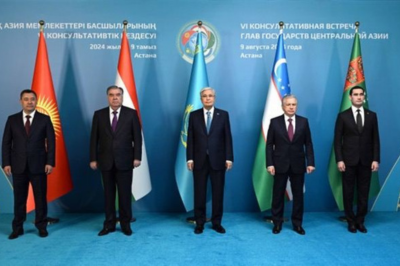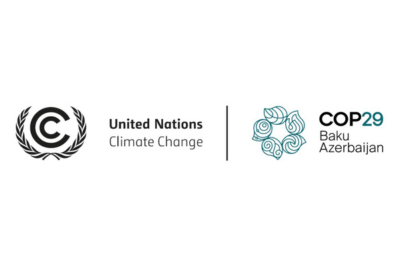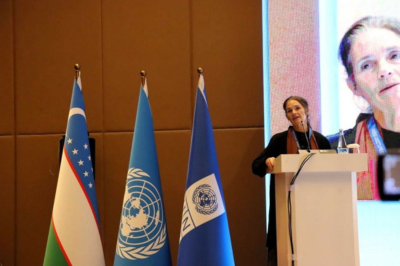The sixth consultative meeting of Central Asian heads of state, hosted in Astana on August 9th, marked a pivotal moment in the region’s diplomatic endeavors, signaling a revived dedication to regionalism and cooperation. Initially, post-independence attempts to foster regional organizations aimed at economic integration met with limited success due to a myriad of political, economic, and cultural divergences. However, the shifting geopolitical landscape has recently rekindled a collective interest in enhancing connectivity and cooperation among the Central Asian states.
During this meeting, the leaders demonstrated a profound acknowledgment of past challenges, while setting a clear direction for the future through the endorsement of strategic documents. The "Central Asia – 2040" strategy and the action plans for 2025-2027 were significant highlights, focusing on key areas such as security, economic cooperation, and infrastructure enhancements. These documents are set to provide a roadmap that envisions a cohesive future, aiming to leverage collective strengths and mitigate shared vulnerabilities.
Moreover, the discussions at the meeting reflected a strong will to deepen regional integration, which was evidenced by the commitment to developing flexible legal frameworks that facilitate easier collaboration across borders. Despite the persistence of some reservations regarding the formation of supranational entities, notably from Tajikistan and Turkmenistan, there was a general consensus on the need for increased sectoral cooperation. This approach aims to foster a more integrated regional market, which could enhance competitiveness and economic resilience.
On economic and security fronts, the agreements reached during the meeting stressed the importance of a unified approach to security challenges and the promotion of joint economic initiatives. These initiatives are expected to counter external economic pressures through a unified regional strategy, reflecting a matured understanding of the interconnected nature of today's global challenges.
The implications of these renewed efforts are profound. With a concerted focus on bolstering regional stability and stimulating economic growth, the initiatives are poised to enhance intra-regional trade and economic ties. Remarkably, the trade turnover among Central Asian countries has been on a significant upward trajectory, having doubled from $5.7 billion to $11 billion within the last six years. This growth is a testament to the increasing economic interdependence and the potential for future collaborative gains.
In sum, the sixth consultative meeting not only reaffirmed the Central Asian countries' commitment to regionalism but also set forth actionable strategies that pave the way for a more interconnected and prosperous future. As these nations continue to navigate their path on the global stage, their collective efforts through such forums are crucial in shaping a stable and economically robust region.





